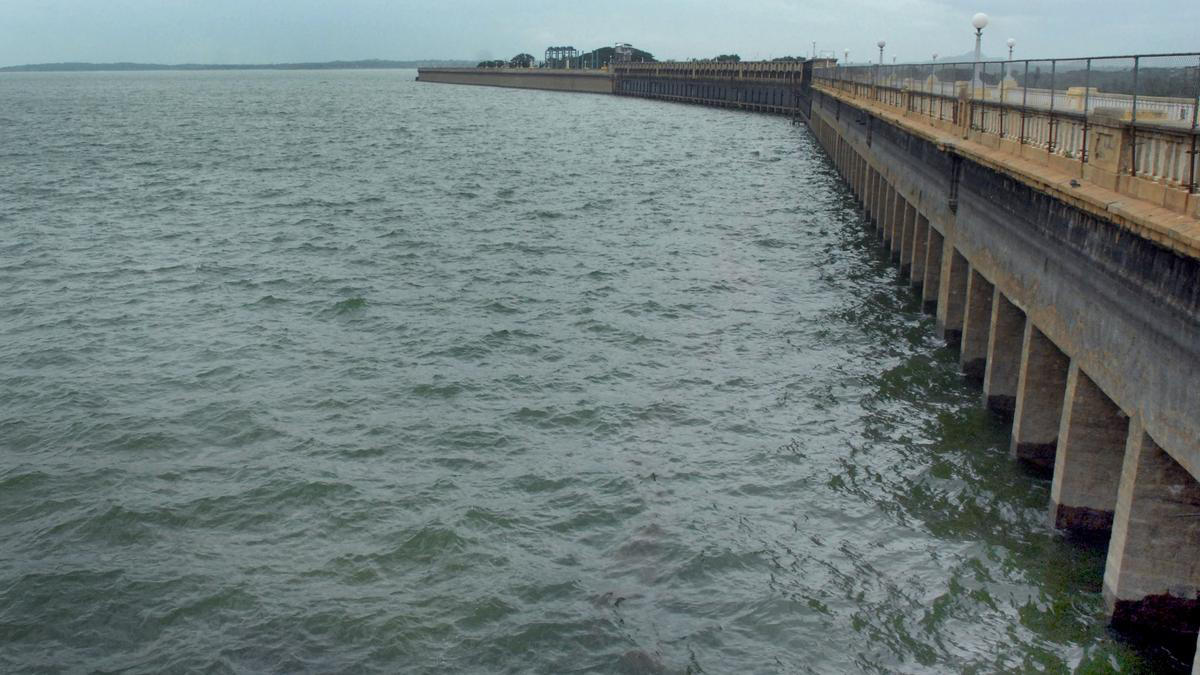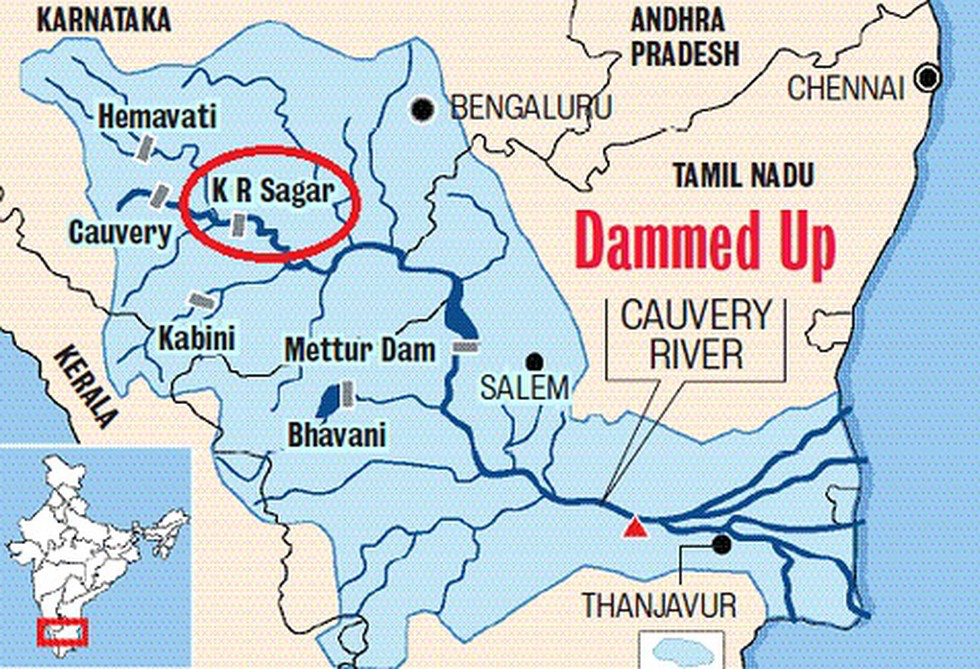Free Courses Sale ends Soon, Get It Now


Free Courses Sale ends Soon, Get It Now



Disclaimer: Copyright infringement not intended.
Context
The water levels in two important reservoirs.
Details
Water Level in Kabini Reservoir
About Krishnaraja Sagar

Disclaimer: Copyright infringement not intended.
Construction and Purpose
Capacity and Size
Water Supply
Drinking Water Supply
Hydropower Generation
Impact of Rainfall
Management and Conservation
Role in Regional Economy
Tourist Attraction
|
PRACTICE QUESTION Q) Examine the challenges faced in effective management of Krishnaraja Sagar and the steps taken for sustainable water use. Also, analyze its impact on the regional economy and its potential as a model for water resource management in other parts of India. (250 words) |
© 2024 iasgyan. All right reserved